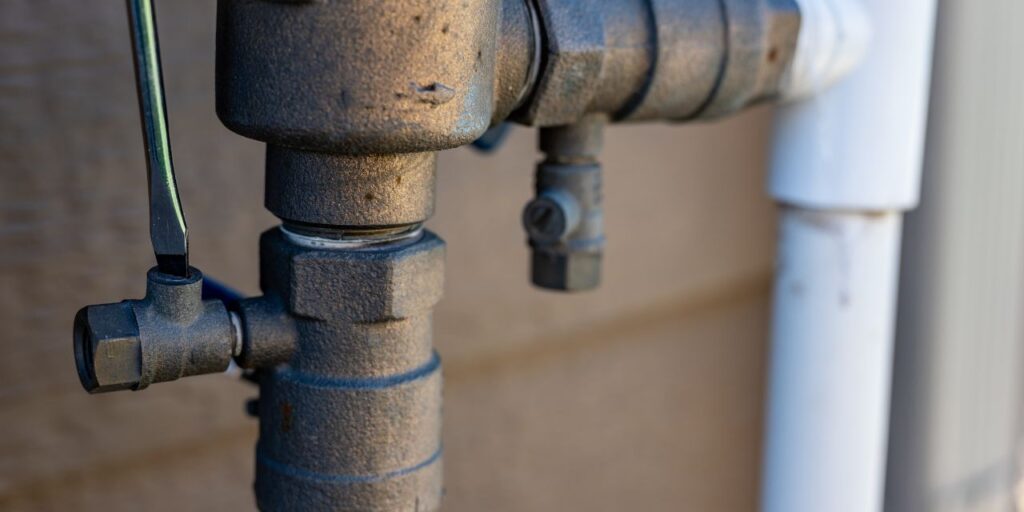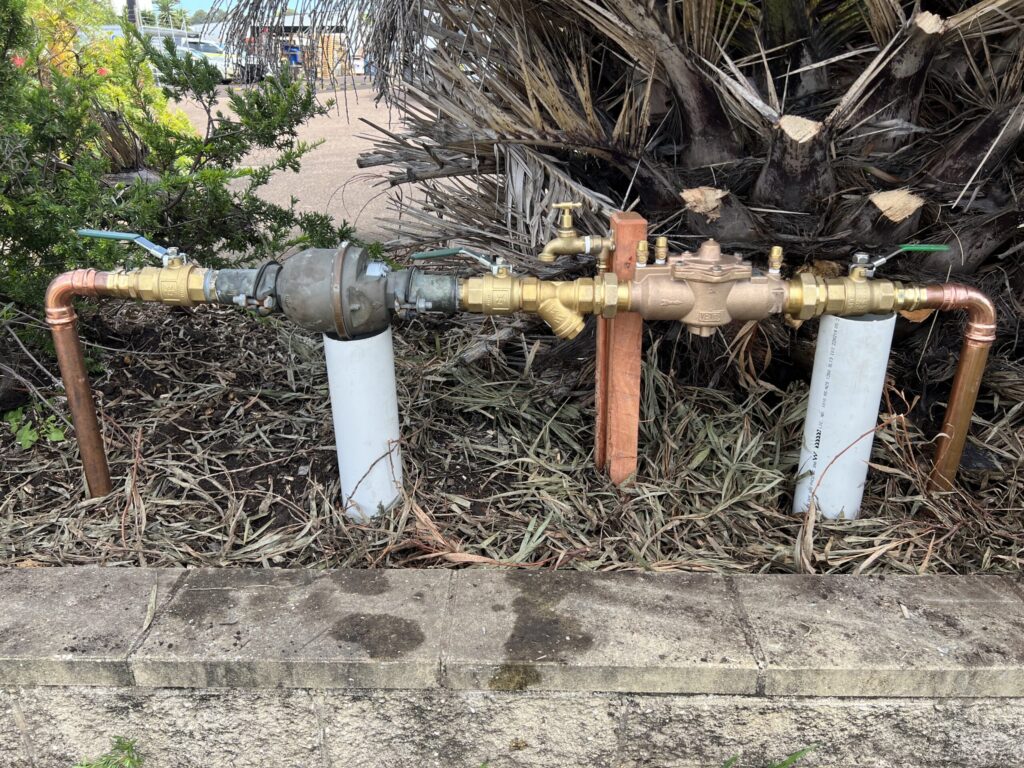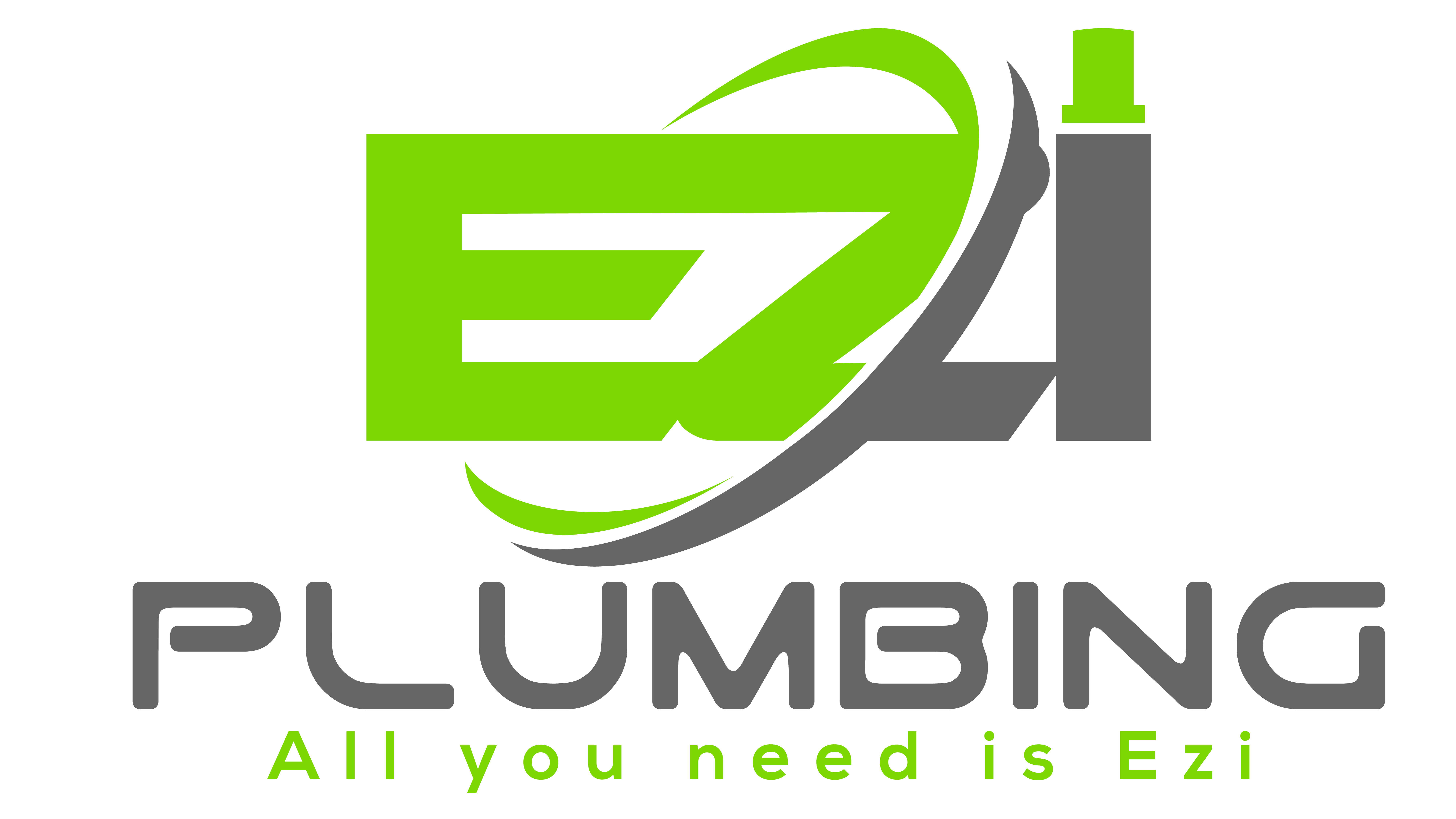Backflow is a serious issue that can compromise the safety and quality of our water supply. It occurs when water flows opposite to its intended path, potentially causing contamination or pollution. Backflow can result from various causes, such as a sudden drop in water pressure, a burst pipe, or even heavy water usage in the area. The consequences of backflow can be severe, leading to the spread of harmful bacteria, chemicals, or other pollutants that pose a threat to public health. To prevent such risks, backflow prevention methods have been developed and implemented to protect our water supply.
This blog will explore the importance of backflow prevention and how it works. We will discuss the causes of backflow, various prevention methods, and the importance of regular maintenance. We will also explain why hiring a professional to install, inspect, and test backflow prevention devices is crucial. By the end of this blog, you will better understand the importance of backflow prevention and how it helps ensure the safety and quality of our water supply.
The Causes of Backflow
Backflow is the undesirable reverse flow of water or other substances that should only flow in one direction in a piping system. It can occur in any poorly designed, installed, or maintained plumbing system. This section will discuss the various factors that can lead to backflow and the types of backflow that can occur.
Factors that lead to backflow:
- Cross-connections are physical connections between a potable water supply and a non-potable source, such as a fire sprinkler system or a chemical tank. If backflow occurs through a cross-connection, contaminants from the non-potable source can flow back into the potable water supply.
- Changes in water pressure: Backflow can also occur due to changes in water pressure. For example, a sudden pressure drop can cause backflow, allowing water to flow back into the supply line from the fixture it was being drawn from.
- Backsiphonage: Backsiphonage occurs when a negative pressure in the supply line draws water from a fixture or appliance back into the supply line. This can happen when there is a sudden demand for water from a large appliance or when water is used from a higher elevation.
Types of backflow:
- Back pressure backflow occurs when the pressure in the non-potable source is greater than the pressure in the potable water supply, causing backflow. This can happen when a booster pump increases pressure in a non-potable system.
- Backsiphonage: As mentioned earlier, back siphonage occurs when there is negative pressure in the supply line, causing water to flow in the opposite direction.
- Double-check valve backflow preventer failure: Double-check valves are designed to prevent backflow in a water system. However, if the valve fails or malfunctions, backflow can occur.
Several factors can cause backflow, including cross-connections, changes in water pressure, and back siphonage. It is essential to identify and address these factors to prevent backflow and protect the quality and safety of our water supply. Additionally, understanding the different backflow types can help choose the appropriate backflow prevention method.

Backflow Prevention Methods
To prevent backflow from occurring, there are several methods available. This section will discuss some of the most common backflow prevention methods.
Air Gaps: Air gaps are the simplest and most cost-effective backflow prevention method. An air gap is simply an open space between the water supply and the fixture, preventing any backflow from occurring. An air gap is commonly used in dishwashers, ice makers, and other similar appliances.
Reduced Pressure Principle Backflow Preventers: Reduced pressure principle backflow preventers (RPZ) are mechanical devices that use a spring-loaded check valve to prevent backflow. The RPZ is designed to maintain a higher pressure between the potable water supply and the non-potable source, preventing any backflow from occurring. RPZs are commonly used in industrial and commercial applications with an increased risk of contamination.
Double Check Valve Assembly: The double check valve assembly (DCVA) is a mechanical device that uses two check valves to prevent backflow. The DCVA is installed in the water line and prevents backflow by closing the check valves when there is a change in water pressure. DCVAs are commonly used in residential and commercial applications.
Other Prevention Methods: In addition to the methods mentioned above, other prevention methods can be used to prevent backflow. These include pressure vacuum breakers, atmospheric vacuum breakers, and spill-resistant vacuum breakers. These methods are typically used in outdoor irrigation systems, swimming pools, and other similar applications.
Backflow prevention is essential to protect the safety and quality of our water supply. Several backflow prevention methods are available, including air gaps, reduced pressure principle backflow preventers, double-check valve assembly, and other prevention methods. The choice of method depends on the application and the risk associated with potential backflow. It is essential to consult a professional plumber to ensure the proper installation and maintenance of backflow prevention devices.
How Backflow Prevention Works
Backflow prevention is a critical part of maintaining the safety and quality of our water supply. Several methods are available for backflow prevention, each with its own benefits and drawbacks. Air gaps are a simple and cost-effective method of preventing backflow, but they may only be feasible in some applications. Reduced pressure principle backflow preventers are highly effective and protect against backflow and backpressure, making them ideal for high-risk applications.
However, they are more expensive and require professional installation and maintenance. Double-check valve assemblies are another popular option, providing adequate protection against backflow and backpressure and requiring professional installation and maintenance. Other prevention methods, such as pressure and atmospheric vacuum breakers, may be suitable for low-risk applications but are less effective than other methods.
It is essential to choose the appropriate method for your application and consult with a professional plumber for proper installation and maintenance of backflow prevention devices. By taking proactive measures to prevent backflow, we can ensure the safety and quality of our water supply.
Backflow Prevention Maintenance
Backflow prevention maintenance is essential for maintaining your drinking water’s safety and quality. Backflow occurs when contaminated water flows backward into the clean water supply, which can lead to serious health risks for you and your community. To prevent this from happening, backflow prevention devices are installed in your water system.
However, more than simply installing backflow prevention devices are required. It is essential to regularly maintain and test these devices to ensure they are functioning correctly. Backflow prevention maintenance involves inspecting and cleaning the machine and conducting tests to verify that it works as intended.
Regular maintenance of backflow prevention devices is necessary to ensure they are working correctly and protecting your water supply from contamination. Without proper care, these devices can fail, leading to serious health risks for you and your community. Backflow prevention maintenance should be performed at least once a year, although some locations may require more frequent maintenance.
Several signs may indicate that your backflow prevention device is failing. These include:
- Visible signs of damage or wear and tear on the device
- Strange or unusual smells or tastes in your water supply
- Changes in water pressure or water flow
- Discoloration of your water supply
If you notice any of these signs, it is essential to contact a professional to inspect and repair your backflow prevention device.
It is essential to hire a professional for backflow prevention maintenance and testing. Professionals have the expertise and equipment to inspect and properly maintain backflow prevention devices. They can also perform the necessary tests to verify that the device functions correctly.
Importance of Hiring a Professional
Hiring a professional for backflow prevention maintenance and testing is crucial to ensuring the safety and quality of your drinking water. Backflow prevention devices are complex and require specialized knowledge and expertise to maintain and test properly. Here are some reasons why hiring a professional is essential:
Qualifications of a Professional Backflow Prevention Specialist
A professional backflow prevention specialist has the qualifications to ensure your backflow prevention device is installed and maintained correctly. This includes specialized training, certification, and experience in working with backflow prevention devices. They also have the proper equipment and tools to test and maintain backflow prevention devices.
Importance of Getting Backflow Prevention Devices Inspected and Tested by a Professional
Backflow prevention devices can fail due to wear and tear, damage, or other issues. This can compromise the safety and quality of your drinking water. Getting your backflow prevention device inspected and tested by a professional can help identify potential problems before they become serious.
A professional can also conduct the required tests to ensure your backflow prevention device functions correctly. This includes performing a differential pressure test, which measures the pressure differential across the backflow prevention device. If the pressure differential is too low, the device may not function correctly and must be repaired or replaced.
In addition, many jurisdictions require that backflow prevention devices be inspected and tested by a certified professional. Failure to comply with these regulations can result in fines or other penalties.

How Does Backflow Prevention Work?
Backflow prevention is the process of preventing contaminated water from flowing back into the clean water supply. It involves using specialized backflow prevention devices, such as air gaps, double-check valves, reduced pressure zone (RPZ) devices, and vacuum breakers. These devices create a physical barrier that prevents the flow of contaminated water back into the clean water supply. Installing backflow prevention devices is regulated by local plumbing codes and must be performed by a licensed plumber.
Maintenance and testing of backflow prevention devices are essential to ensure they function correctly, and the frequency of maintenance and testing will depend on the specific device and local regulations. Backflow prevention devices rely on the principle of differential pressure to function correctly, where the pressure of the clean water supply is higher than that of the potentially contaminated water supply. Overall, backflow prevention is an essential process that protects the safety and quality of our drinking water supply.
Conclusion
EziPlumbing in Chain Valley Bay provides backflow prevention services to protect the safety and quality of the drinking water supply. Their licensed plumbers install, maintain and test specialized backflow prevention devices to prevent contaminated water from flowing into the clean water supply. By relying on the principle of differential pressure, these devices create a physical barrier to safeguard against backflow. Overall, EziPlumbing’s backflow prevention services are essential to ensuring the safety of the local community’s drinking water supply. Contact them today to learn more about our backflow prevention services.

